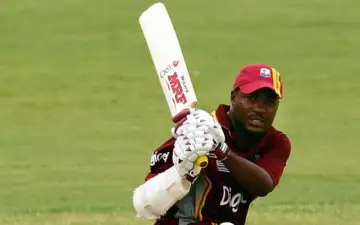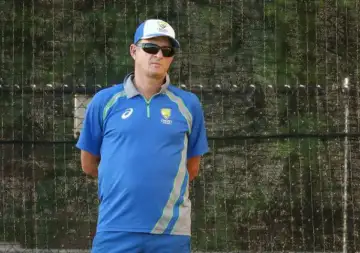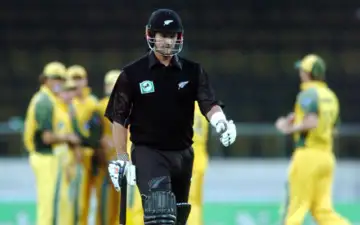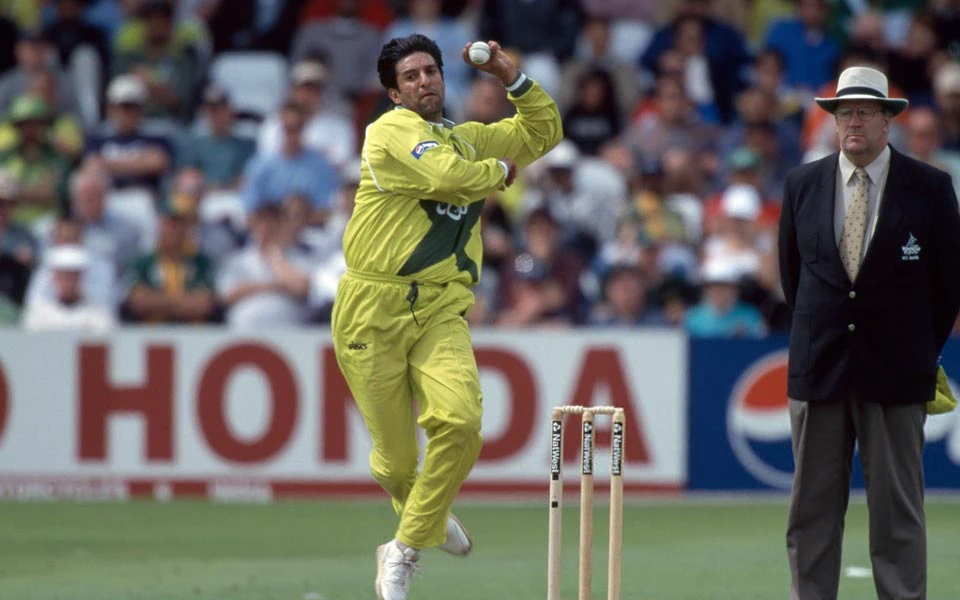Cricket has been one of the most followed sports across the globe for decades. The game, which started in the traditional Test format, gradually embraced the One-Day Internationals (ODIs), giving fans a faster version of the sport.
But the 21st century witnessed a revolution with the arrival of Twenty20 cricket, popularly known as T20s. This 20-over format transformed the dynamics of the game and quickly became the most popular form of cricket worldwide.
While today’s generation has grown up watching the big-hitting T20 superstars like Chris Gayle, AB de Villiers, Virat Kohli, and MS Dhoni, one cannot help but wonder how the legends of the 1990s, who only played Tests and ODIs, would have performed if T20s existed during their peak. On that note, let us take a look at five players from the 1990s era who could have ruled T20 cricket.
Top 5 90s era cricketers who could have ruled modern T20
Wasim Akram
Pakistan’s left-arm magician Wasim Akram was one of the greatest fast bowlers the world has ever seen. If T20s had been around during his career, Akram would have been the most complete bowler in the format. His mastery of swing and seam movement made him lethal with the new ball, while his unplayable yorkers and deceptive slower deliveries would have been tailor-made for the death overs.
With over 500 wickets in ODIs and more than 400 in Tests, Akram’s records speak volumes about his dominance. His ability to outthink batters with clever variations would have made him a go-to bowler in pressure situations in the shortest format.
Brian Lara
 When it comes to elegance mixed with aggression, Brian Lara remains one of the most celebrated names in cricket. He is known for his high back-lift and fearless strokeplay, and was a nightmare for bowlers in both Tests and ODIs. His natural attacking instincts would have fit perfectly at the top of the order in T20 cricket.
When it comes to elegance mixed with aggression, Brian Lara remains one of the most celebrated names in cricket. He is known for his high back-lift and fearless strokeplay, and was a nightmare for bowlers in both Tests and ODIs. His natural attacking instincts would have fit perfectly at the top of the order in T20 cricket.
The left-hander scored over 10,000 runs in both major formats, showing his ability to dominate bowlers consistently. Lara’s wide range of shots, cover drives, late cuts, flicks, and lofted strokes, would have kept bowlers guessing in the shortest format. He had the ability to build an innings but also accelerate explosively when required. His flair, combined with West Indian power-hitting tradition, would have made him a global superstar in T20 franchise leagues.
Mark Waugh

Mark Waugh is often described as one of the most stylish batters of his era. He was a natural stroke-maker who made batting look effortless. While his twin brother Steve Waugh was known for grit, Mark relied on timing, placement, and elegance. His ability to drive, cut, pull, and loft the ball with minimal effort would have been a treat to watch in T20 cricket.
With more than 8000 ODI runs, Waugh was already a white-ball stalwart. He could have been the perfect middle-order stabiliser who could rotate the strike during tough phases and then unleash boundaries when the moment demanded. His calmness under pressure, coupled with his ability to clear the infield, would have made him an invaluable asset in the shortest format.
Lance Klusener
 The 1999 World Cup is still remembered for the heroics of South African’s hard-hitting all-rounder Lance Klusener. He was known for his unorthodox baseball-style backlift and explosive hitting, and had the ability to finish games from impossible situations. His fearless batting at the death overs would have made him one of the most dangerous finishers in T20s.
The 1999 World Cup is still remembered for the heroics of South African’s hard-hitting all-rounder Lance Klusener. He was known for his unorthodox baseball-style backlift and explosive hitting, and had the ability to finish games from impossible situations. His fearless batting at the death overs would have made him one of the most dangerous finishers in T20s.
In addition to his batting, Klusener’s medium-pace bowling often provided crucial breakthroughs. He picked 17 wickets and scored 281 runs in the 1999 World Cup alone, winning the Player of the Tournament award. In a T20 setting, Klusener could have played the role of a lower-order enforcer who could smash quick runs at the back end and bowl economical overs in the middle or death.
Chris Cairns
 New Zealand’s Chris Cairns was one of the most dynamic all-rounders of the 1990s. The 55-year-old is strongly built and naturally powerful, and was capable of launching massive sixes, often changing the course of games with his batting. He was also a more than capable medium-fast bowler who could deliver key overs under pressure.
New Zealand’s Chris Cairns was one of the most dynamic all-rounders of the 1990s. The 55-year-old is strongly built and naturally powerful, and was capable of launching massive sixes, often changing the course of games with his batting. He was also a more than capable medium-fast bowler who could deliver key overs under pressure.
By 2004, Cairns had achieved the rare double of 200 wickets and 3,000 runs in ODIs, underlining his value as a genuine all-rounder. His ability to contribute in both departments would have been invaluable in T20 cricket, as he could have been used as a finisher or even a bowling all-rounder depending on team needs.
